Today I converted one of the burners on my CC to an 8K simmer burner. It works really well and it�s great to have the option of a very low simmer. At simmer I can keep my hand just above the grate without having to pull it away.
This post will show you how to convert yours if you want to. If I decide to change back to the regular burner I�ll order a new one from Capital and swap out the gas orifice and readjust the air shutter and simmer. It�s that easy.
I used a #56 gas orifice because that is what was available. You could use a #55 and get a little more gas flow but it�s not a big difference.
Before I get into the details I have to say I do not understand why Capital does not at least offer this burner as an OPTION to consumers. What do they have to lose � and they might gain more customers who want a low simmer and select a different range. The whole idea of a simmer plate "fix" is really silly to me and it borders on dumb. With a simmer burner you can adjust the heat up or down immediately. With a simmer plate you would have to adjust and wait, adjust and wait, adjust and wait. A simmer burner gives you the high performance control that cooks want � and people who buy the CC buy it because they like to cook. I just don�t get the simmer plate idea. (The simmer plate approach raises this analogy -- if you had a high performance auto that made too much noise because it idled too high, a simmer plate is like the car company giving you earplugs to deal with the high idle instead of directly addressing the idle issue.)
The simmer burner retrofit involves plugging up the two outer rings of the burner, changing the gas orifice (I used a #56), adjusting the gas shutter, and re-adjusting the simmer. Done.
Photos are below. My cooktop is a 48 inch with grill. I have 6 burners and I turned the back left burner into an 8K simmer burner.
This is the burner cap removed and ready for the operation:
This is the muffler repair putty that I used to plug the holes in the outer two rings It is composed mostly of silicates and it is good to 2000 degrees, which a burner will never approach.
This is the putty spread on the outer two rings and pressed in with a putty knife. Be careful not to get any putty in the inner ring or ignitor holes.
Before the putty hardened I scraped off the excess with a clean putty knife and scrubbed it with a green 3M pad. Some of the excess putty bonded to imperfections in the cast iron and would not come off. I waited about 15-20 minutes to scrape but probably could have done it after 5 or 10 minutes.
I removed the existing gas orifice from the CC as shown below. The crescent wrench keeps the gas delivery assembly from twisting and the socket wrench and ratchet loosens the gas orifice. I used a 1/2 inch deep socket on the gas orifice and turned it very carefully because you easily could cause damage with a large socket wrench.
This shows the original gas orifice almost off.
This shows the gas orifice off.
This shows the original gas orifice (#45) next to the new gas orifice (#56) for the simmer burner.
This shows the pipe dope on the cleaned threads prior to installing the new orifice. Make sure you get good coverage on the threads and no pipe dope on the inside of the pipe or orifice. You should not use Teflon tape on this gas connection.
This is what a tube of the pipe dope (thread compound) looks like.
This is the new #56 gas orifice installed.
This is the gas burner assembly mounted on the new orifice.
With the burner cap in place:
This shows the air shutter with the burner on high. Note that the air shutter is almost closed. On the 23K burners the air shutter is almost all the way open.
This shows the simmer burner on HIGH.
This shows the simmer burner on the lowest SIMMER. You can hold your hand just over the top of the grate without it burning.
Here�s a side photo of the lowest SIMMER. Sweet!!! I could pre-melt butter with this thing.
As for the color I think everything will darken over time, or I could use some stove black to color the burner cap black.
Billy
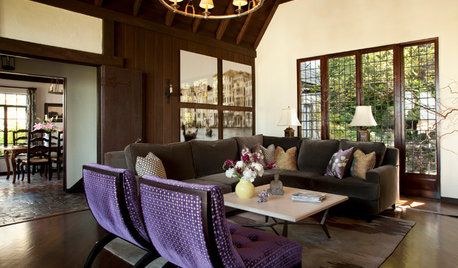

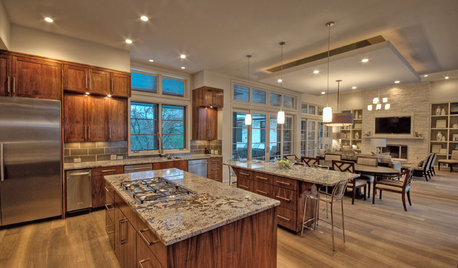
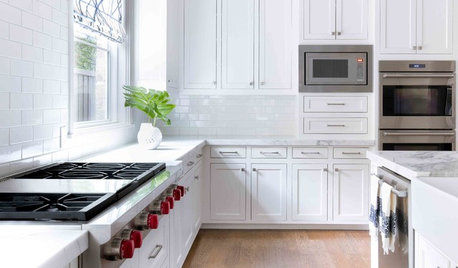






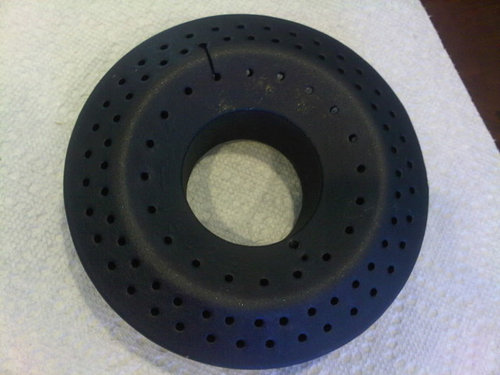
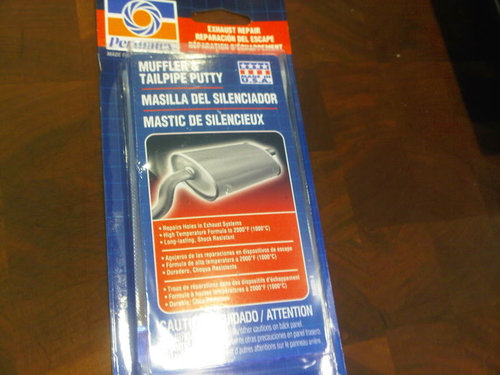

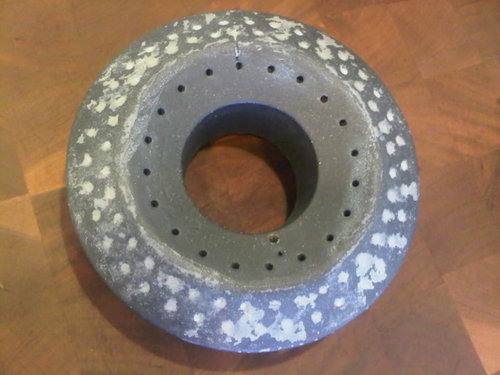
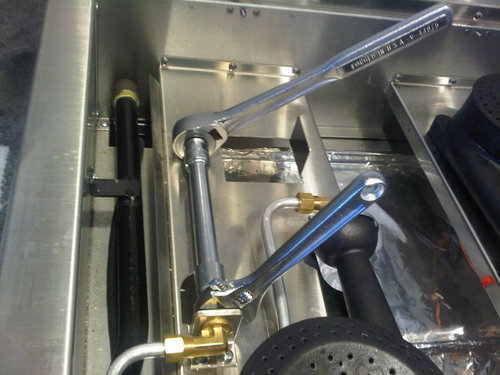
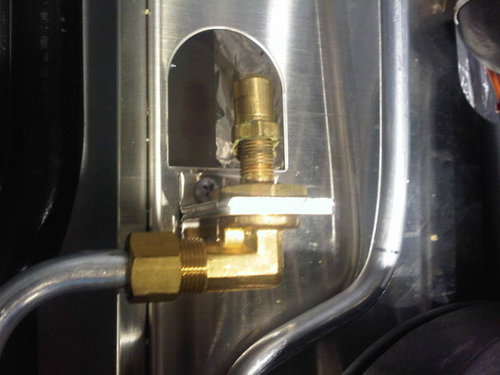
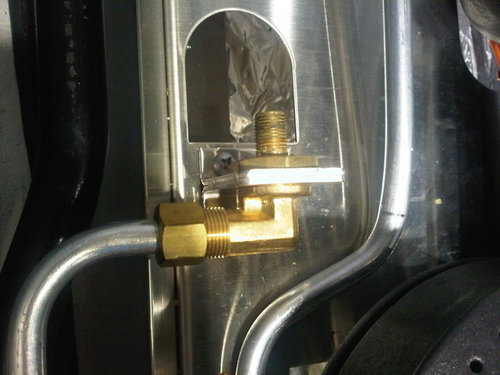
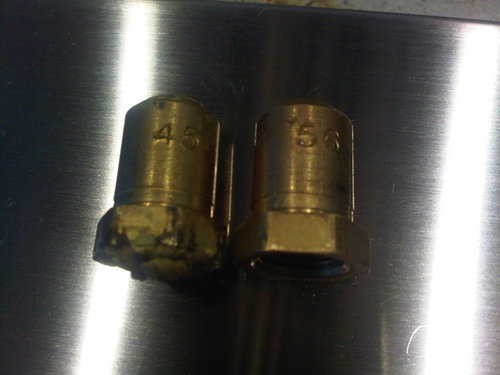
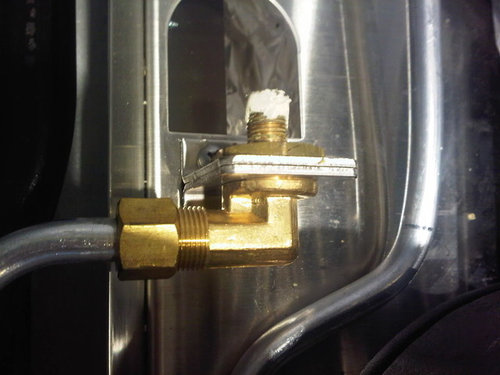
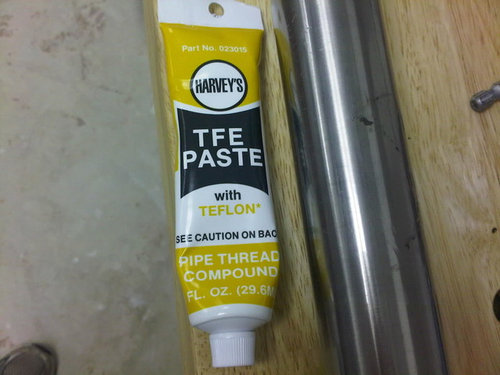

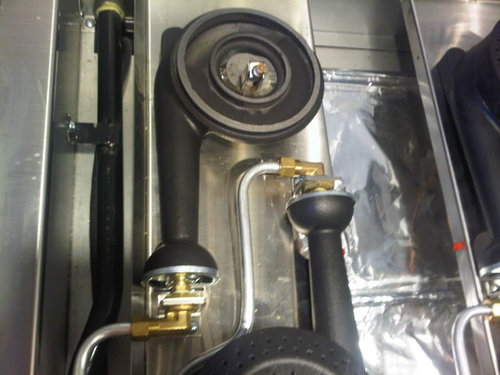
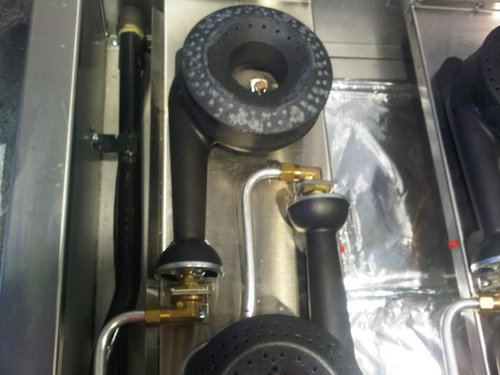

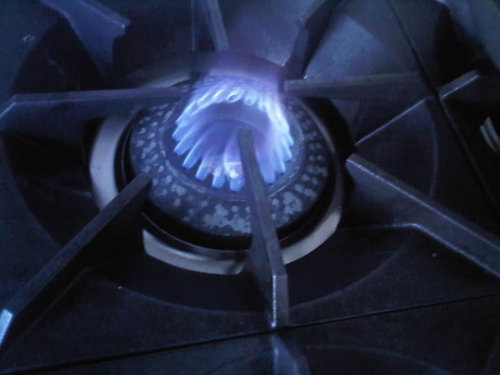




PeterH2
chopperace
Related Professionals
Albany Kitchen & Bathroom Designers · North Versailles Kitchen & Bathroom Designers · South Sioux City Kitchen & Bathroom Designers · Hickory Kitchen & Bathroom Remodelers · Schiller Park Kitchen & Bathroom Remodelers · South Lake Tahoe Kitchen & Bathroom Remodelers · Spanish Springs Kitchen & Bathroom Remodelers · Superior Kitchen & Bathroom Remodelers · Toms River Kitchen & Bathroom Remodelers · Aspen Hill Cabinets & Cabinetry · Christiansburg Cabinets & Cabinetry · Forest Hills Cabinets & Cabinetry · Graham Cabinets & Cabinetry · Land O Lakes Cabinets & Cabinetry · Newcastle Cabinets & Cabinetryfoodonastump
deeageaux
angie_diy
billy_gOriginal Author
breezygirl
jscout
mojavean
jscout
Caddidaddy55
tubeman
Caddidaddy55
jscout
tubeman
IceMan965
Caddidaddy55
billy_gOriginal Author
billy_gOriginal Author
stooxie
Caddidaddy55
breezygirl
smshelton
beefstew01
mojavean
smshelton
mojavean
billy_gOriginal Author
billy_gOriginal Author
mangiamo
rob from nj
mojavean
beefstew01
alexrander
rob from nj
tyguy
beefstew01
rob from nj
foodonastump
TonySak
amcook
TonySak
mojavean
rob from nj
billy_gOriginal Author
JackPK
wanderindiana
wanderindiana
beefstew01
Jon T